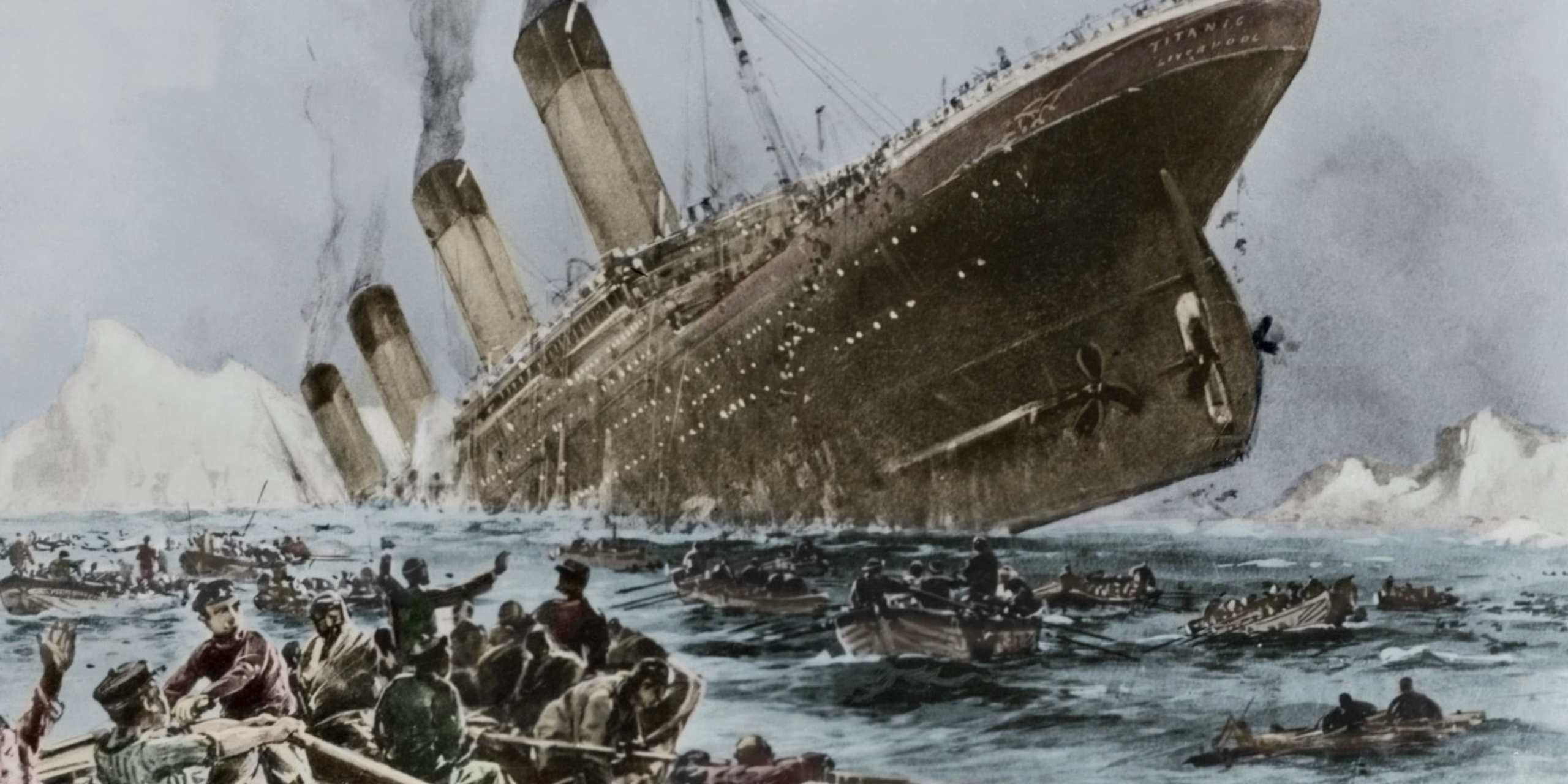Original Sinking History of the Titanic Ship: The RMS Titanic, often called the “unsinkable ship,” remains one of the most famous maritime tragedies in history. Built by the White Star Line and launched in 1912, the Titanic was a marvel of engineering and luxury, designed to be the largest and most opulent passenger liner of its time. Despite its reputation for safety, the Titanic’s maiden voyage ended in disaster, leaving a lasting mark on maritime history.
Construction and Launch
Construction of the Titanic began in 1909 at the Harland and Wolff shipyard in Belfast, Northern Ireland. It measured 882 feet in length and weighed over 46,000 tons. The ship featured advanced safety technologies for the era, including watertight compartments and electronically operated watertight doors. Luxurious amenities such as grand staircases, dining halls, and swimming pools were designed to attract wealthy passengers, highlighting the Titanic as a symbol of technological progress and elegance.
The Maiden Voyage
The Titanic set sail on its maiden voyage from Southampton, England, to New York City on April 10, 1912. Onboard were over 2,200 passengers and crew, ranging from the wealthiest elites to emigrants seeking a new life in America. The voyage was marked by optimism and fascination with the ship’s grandeur. However, warnings of icebergs in the North Atlantic were received but largely underestimated, a decision that would prove catastrophic.

The Collision and Sinking
In the early hours of April 15, 1912, the Titanic struck an iceberg approximately 375 miles south of Newfoundland. The collision caused the hull plates to buckle and allowed water to flood multiple compartments. Although the ship was designed to remain afloat with up to four flooded compartments, five were breached, sealing its fate. Panic ensued as passengers and crew realized the ship was sinking, but there were not enough lifeboats for everyone onboard.
Aftermath and Legacy
More than 1,500 people lost their lives in the disaster, making it one of the deadliest peacetime maritime accidents in history. The tragedy led to sweeping changes in maritime regulations, including stricter lifeboat requirements, continuous radio watches, and improved iceberg patrols. The Titanic disaster remains a symbol of human ambition, engineering marvels, and the consequences of hubris.
The original sinking of the Titanic serves as a reminder of both human ingenuity and vulnerability. Over a century later, the story continues to fascinate historians, filmmakers, and the public, preserving the Titanic’s legacy as a monumental event in world history.
Iraya Life Under the Pacific Ocean
![]()





